Get all our future case studies & guides!

Newsletters aren't just simple email updates. Newsletters are powerful tools for writers and content creators to monetize their audience. A paid newsletter is a viable income stream for writers, journalists, and influencers.
Users will pay a monthly fee to access your newsletter content with a subscription. Continuously building an audience of subscribers can lead to consistent increases in monthly revenue because retained subscribers will keep paying you a monthly fee.
With the right approach and marketing strategy, creators can exponentially grow their audience and income. The possibilities are endless! But where do you start?
You start right here!
This guide provides all the information you need to get started with your paid newsletter subscription. Learn how to plan, set up, and market your newsletter right here.
Let's jump right into it by first identifying your niche and audience, a crucial step that will set the foundation for your success.
Identifying Your Niche and Target Audience
Before you can start with paid newsletters, it is crucial to find your niche. Your future success depends on the niche you choose to follow and the content you provide to the audience within that niche.
Once you have dedicated time (months or years) to building your brand within a specific niche, pivoting into a different niche can be challenging. You may lose subscribers in doing so.
Creators tend to pivot to other niches when they feel they do not have enough ideas to create more content. Some niches also tend to drop in popularity over time, making it even more challenging to build an audience.
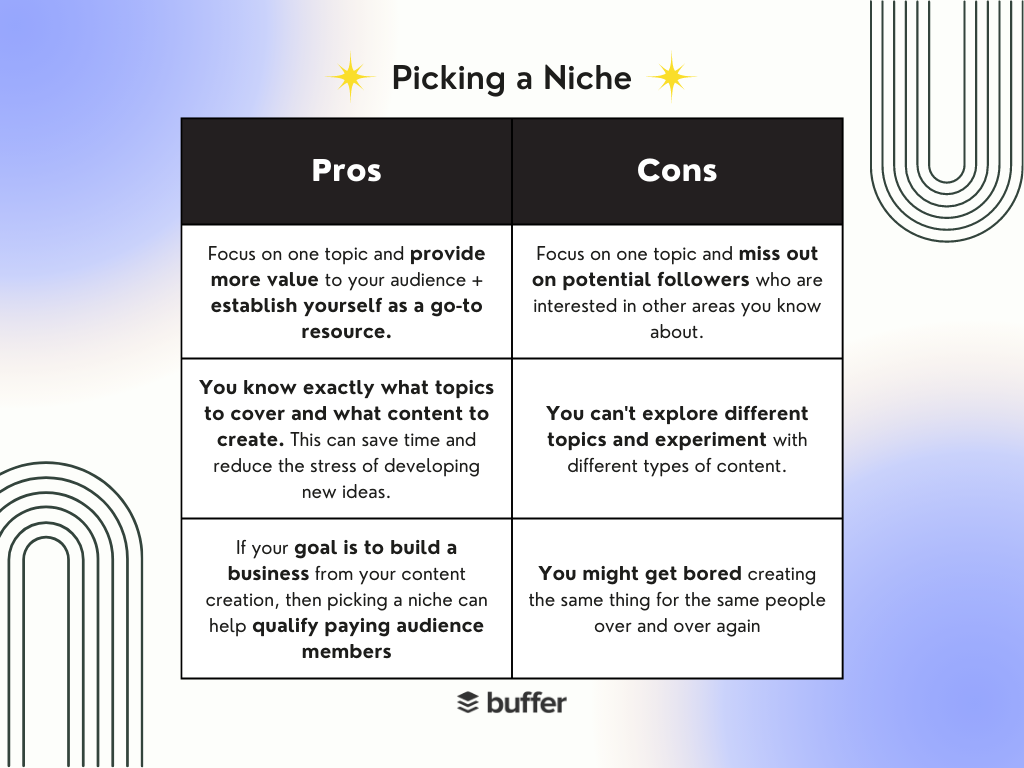
Source: Buffer
So, how do you begin researching your niche? You can start by asking yourself these questions:
What niche am I passionate about?
This is vital in terms of the content you will produce. People who are truly passionate about something will continue to talk about it for many years to come. Can you create content on your niche for years to come? Is it possible you might jump onto something else later?
Choose wisely!
How popular is the niche?
Popular niches have large audiences, which equals more potential subscribers and revenue. Because popular niches are competitive, your brand must perform even harder to find its place in that niche.
Setting a goal to become the leader of a smaller, more unique niche may make sense. Building loyal subscribers within unique niches is more likely.
Another crucial fact about niche popularity is that some popular niches may decrease over time. Identify popular niches correctly to determine if they are trending or have staying power to last a long time.
What people make up the niche?
Who is your audience? What are their interests? How does that specific audience behave? These are all crucial questions to ask yourself when researching your audience.
For example, your audience consists of gamers who are interested in console or PC gaming. This audience is not interested in subscriptions and would rather pay one-time fees for content (donations, tips, or purchases).
If this is the case, then building a subscription for such an audience may not be in your best interest.
Another example is the conspiracy niche made up of "truth seekers." These people are interested in alternate news, stories, and deep observations of current events. Such people usually have to dig deep and search the web for their desired content.
Having expert opinions on conspiracy theories delivered right to their inbox is an excellent service. This is why the conspiracy audience will not hesitate to subscribe to unique conspiracy content.
In short, identify your audience's pain points and figure out if you can help solve them.
Can you create evergreen content?
Evergreen content maintains its relevance for a very long time. There is no need to keep updating it. Users can continue consuming the same piece of evergreen content just for entertainment, and new users can also enjoy evergreen content produced years ago.
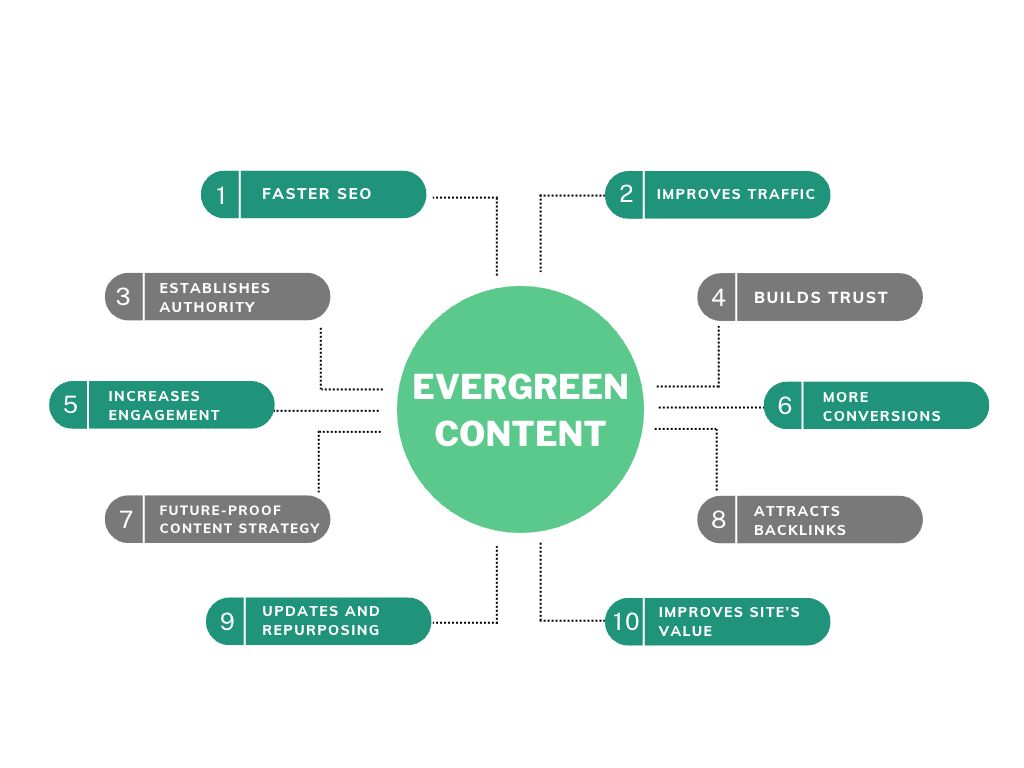
Source: The Munro Agency
Explore the possibilities of evergreen content within a niche. Evergreen content is optional, but it can certainly improve your chances of creating quality content that remains relevant for some time.
Creating High-Quality Content
The content you produce will be the backbone of your newsletter. People will pay a monthly fee just to enjoy your content. Especially if they find your content valuable and of exceptional quality.
How to go about creating high-quality content:
- Offer value—Ensure that all of your posts are valuable to your audience. Ask family and friends to review your content before you publish. Don't hesitate to re-edit and improve your content.
- Fact check—To establish authority in your niche, ensure you get all your facts in order. One incorrect fact you mention in your content can totally discredit every order fact of yours. Your audience will begin to question your authority.
- Engagement—Encourage feedback, review, and debate from your audience. Host Q&As regularly or ask users to post comments to your content. Responding to comments regularly will help boost engagement on your posts.
- Be consistent—Your audience must get their money's worth! Deliver high-quality content regularly to your audience, enough to keep them satisfied to continue paying for the subscription.
Examples of Different Types of Content
OK, so you're prepared to put in the work to offer valuable content consistently. So, what type of content should you produce?
Some examples below:
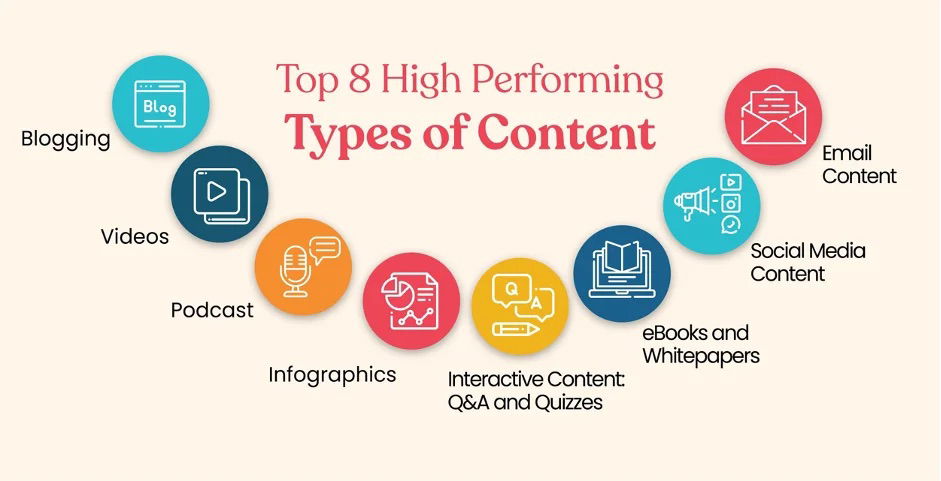
Source: Scalenut
Here's a deeper look at a few content ideas:
- Articles—Written content like blog posts, essays, reviews, and reports. In-depth analysis of specific events like conferences, conflicts, or political movements.
- Interviews—Q&A sessions or conversations with experts or celebrities. The podcast format works great here. For example, upload weekly podcast episodes of your exclusive interviews.
- Curated content—Deliver a list of content you curated for your subscribers so they don't have to look for content themselves. An example would be content creators posting reactions to viral memes or videos.
- Multimedia—Video and images are massive right now. People want to consume content fast, and video/images help a lot in this regard. Podcasts are also popular; people can listen to them while they work, commute, and relax.
Building Your Email List
Your email list is crucial to the success of your newsletter. This isn't a matter of randomly grabbing emails (which can be illegal in most states and countries). Building email lists requires lead-generation skills that entice users to hand over their email addresses.
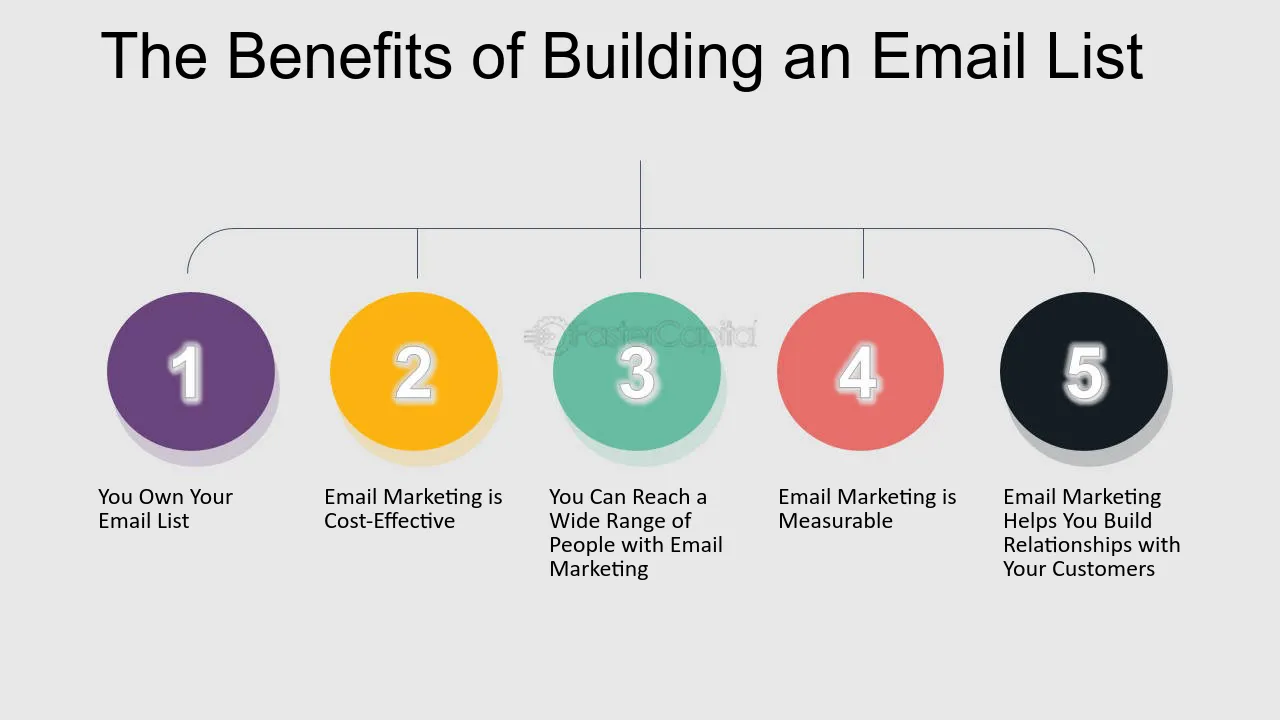
Source: FasterCapital
It doesn't end there! People are reluctant to hand over their emails. Your proposition has to be rock solid to attain new emails. Your content offering must be even more enticing to motivate these users to go ahead and purchase your subscriptions.
We have divided email list building into two methods: organic and paid. Here is an overview of these email list-building methods:
Organic Email List Building Methods
- Content upgrades—Offer downloads for emails. These can be free software, music, videos, or images. Designers can offer free design packs like fonts and templates.
- Lead magnets—-Offer users free content like ebooks, courses, or guides in exchange for their email.
- Blog—Promote your newsletter on your blog or website. Insert a call to action within your blog posts, asking readers to subscribe to your newsletter. You can still achieve this without a blog or site. Simply insert your call to action within articles published on platforms like Medium.
- Social media—If you are not a blogger, you can perhaps promote your newsletter on your social media. This is ideal for creators with a solid social media audience who want to monetize that audience.
- Guest posting - Write content that will be featured on popular websites. Then, insert your newsletter call to action within the post. Ask for permission first before promoting your newsletter on someone's site.
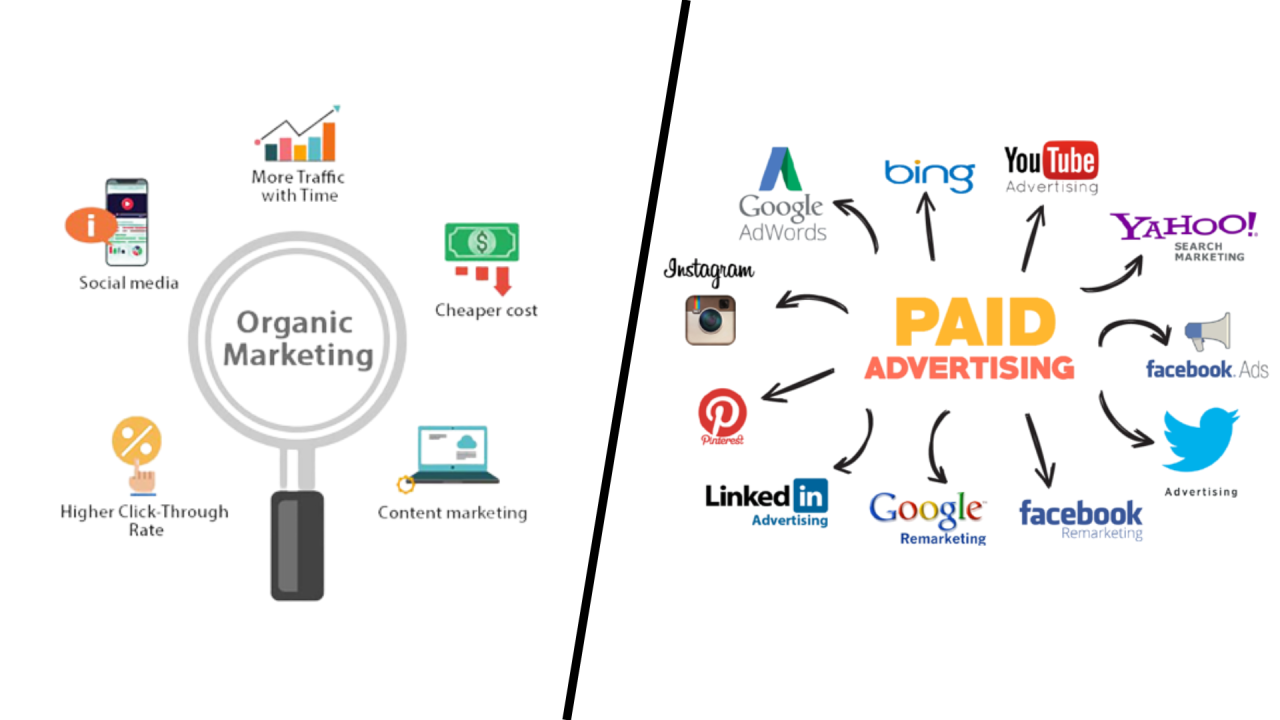
Source: @meher-bandhavya-6a621916a on LinkedIn
Paid Email List Building Methods
- Online Ads—Facebook and Google Ads are excellent ways to pay for social media and web exposure. Paid subscriptions are a solid revenue generator, which is why it makes sense to pay for ads to gain needed exposure online. Facebook can help you collect emails from Instagram with their email opt in feature.
- Host Giveaways—Giveaways and contests are excellent ways to generate leads and grow your email list. Buy a prize for your giveaway, then ask people to submit their emails to enter for a chance to win.
- Hire a Freelancer/Agency—Pay someone to build your email list. An online freelancer or a marketing agency can help you collect emails from the people that make up your target audience. Be sure to create and sign a contract to clearly define the scope of work and protect both parties. You can streamline this process by using electronic signatures, making it easier to finalize agreements remotely.
Setting Up Your Newsletter
A well-set-up newsletter will attract the correct audience early on, guaranteeing long-term success. If your audience knows what to expect from your newsletter, it will be more appealing and beneficial to them.
This is opposed to just "winging it" and not having much of a roadmap. If you find yourself stuck, facing writer's block for a few weeks, a paying audience may not be as forgiving. They will have no option but to unsubscribe.
Here are a few tips to plan and set up your newsletter:
Define Goals
What is the purpose of your newsletter? Examples can include:
- Provide unfiltered and exclusive content based on real-world events. Raw content that a media company doesn't restrict.
- Entertain an audience. Comedians build a personal connection with their audience with podcasts, skits, and jokes to eventually promote their live shows.
- Deeper insight into technology. Tech reviewers who post content on YouTube can use their subscription to deliver long-form content with a deeper analysis.
More examples of goals:
- Achieve 100 subscribers in the first 6 months
- 5 pieces of content monthly
Identify Your Target Audience
It's crucial to build a specific audience around your brand so you can create content that caters to that audience. Such unique and tailored content is exactly what subscribers will keep paying for.
Once you have defined your goals and purpose, you can start researching the relevant audience for your content and niche.
Here are tips on finding a target audience to get you started:
- Look at competitors—Creators and brands similar to yours will most likely have the audience you are trying to target.
- Examine your niche—Look at users within your niche. For example, If you deliver critical global news, look into who will read your content. What age group, sex, demographic, and platform.
- Customer personas—Create your ideal customer. What are their pain points, behavior, goals, and challenges?
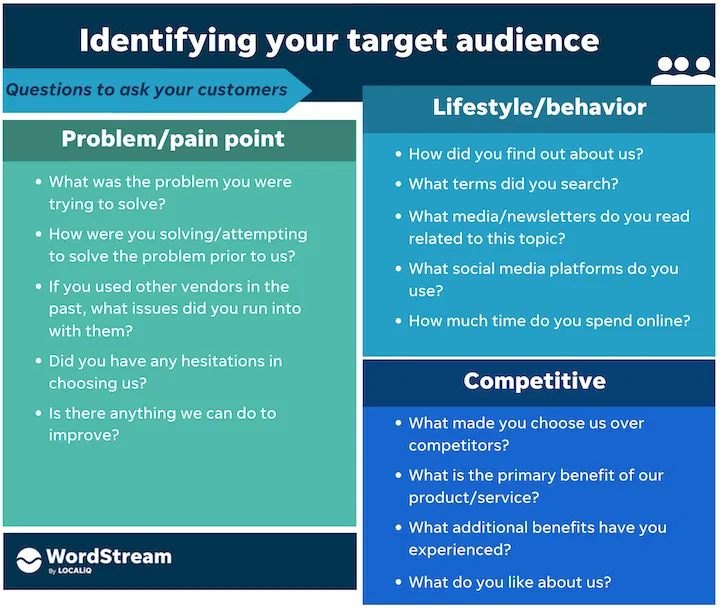
Source: Wordstream
Select Your Newsletter Platform
Hosting paid newsletters has become much more accessible to the public. Little to no web design skills are needed. Online services like Hyax, Substack, or Patreon have all the tools you need to set up your paid newsletter quickly.
Hyax is a platform that allows creators to monetize their content. Creators can build landing pages for their products, courses, links, and, you guessed it, paid newsletter subscriptions.
Setting up a paid newsletter with Hyax:
- Sign up to Hyax.
- Design a theme - Select a template and tune the design to your liking.
- Add products - On the Product Dashboard, select the product you wish to add to your landing page. In this instance, select “Subscriptions” and start creating a new plan.

Once you've created and published your subscription plan, it will be prominently displayed on your landing page. Users who are interested in your content will need to pay a subscription fee to gain access.
Platforms like Patreon offer the same service to help creators quickly build subscribers and earn revenue. Hyax, on the other hand, provides additional options for creators looking to sell additional products in addition to their subscriptions.
It's crucial to also retain your fans once you have built an audience online. Unfortunately, Patreon does not let you keep your subscribers, who are the property of Patreon.
Plan Your Content
It is essential to plan out the content for your paid newsletter in advance. Especially if you plan on delivering new content regularly to paying subscribers. This will ensure that you maintain your paying audience who will look forward to your fresh content.
Creating a content plan is an intricate and layered process. It may take an entire blog post to fully explain how to plan your content. We did our best to summarise the process below.
Here's a TL;DR of how to create a content plan:
- Brainstorm Ideas
- Put together a content calendar
- Start creating content
- Determine a viable content promotion strategy
- Measure results and adjust your plan accordingly
Lets take a closer look at the first two points in the list above. We will dive into the other points (content, promotion, and analytics) later on in the guide.
Brainstorm New Ideas
- Identify which topics best suit your subscribers' needs or interests.
- Divide topics further into subcategories or niches. For example, Technology can be further divided into categories like smartphones, AI, cybersecurity, and robotics.
- Ask fans for content ideas. "What topics would you like me to discuss next? Let me know in the comments section below."
- If you are starting off, ask team members, friends, or family for ideas.
Content Calendar
- Take your new content ideas and drop them into your calendar—schedule time to create your content.
- Your content calendar is your guide to ensuring your newsletter always has new and fresh content in the pipeline.
- If you write about current events, then ensure that you leave space in your calendar for weekly news or events.
- Remember to look ahead at any upcoming events. For example, you will cover Comic Con which takes place in July. This event will take up 5 content slots in your calendar during that period.
- An example of a content calendar below.
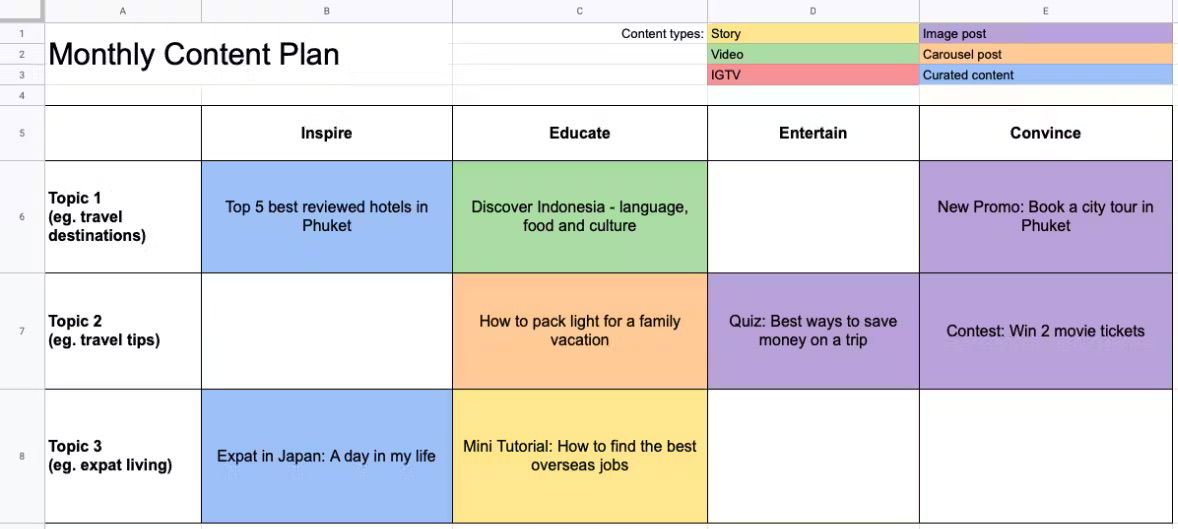
Source: awware.co
Design and Branding
Having a brand is crucial to building an online presence. A solid brand quickly builds trust with online users upon discovery. Trust is essential in convincing online users to purchase your product, or in this case, your paid subscription.
Many creators dive right into paid subscriptions and let their content speak first to an audience before creating branding for themselves. These creators put in the work first before focusing too much on branding. Getting at least some branding taken care of when setting up your paid subscription is advised.

Source: Maker & Moxie
Here are a few tasks to complete when you start your branding:
- Logo—A professional logo is a must. Hire a designer to create one for you. Or create a logo yourself with Canva. Using AI to come up with a few logo ideas is worthwhile.
- Branding—Maintain a consistent theme (colors and style) throughout all of your content.
- Newsletter Template—A design that is easy on the eyes and easy to read will ensure subscribers are satisfied. Visually appealing templates and content will also encourage readers to return.
- Personalization—Personalize your newsletter by including your subscriber’s name in the emails or subject line.
Pricing Strategies
Not all paid subscriptions are priced the same. Creators charge different prices for their subscriptions based on what they offer and what the market dictates.
Here are a few tips on setting up the correct pricing for your paid subscription:
- Competitive Analysis—Research your competitors. Look into what similar newsletters charge. Look at the content they produce and the amount they charge for it. Will you outprice them by offering more at a lower price or charging more for additional unique content?
- Value Proposition—Your pricing should reflect the value of your content to your audience. Charge too little, and your endeavors may not be profitable. Charging too much will deliver little and may turn subscribers away.
- Tiered Pricing—Paid subscriptions do not need to be set at a set price. If you offer deeper analysis into specific topics, perhaps make that content exclusive to higher-paying subscribers.
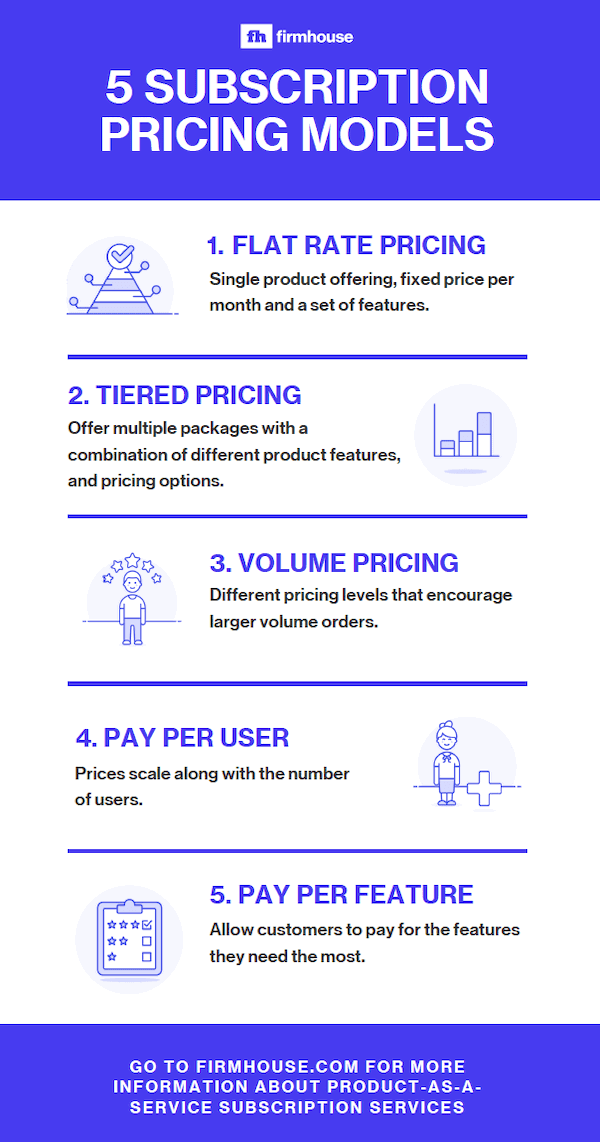
Source: firmhouse
Marketing and Promotion
You finally launched your newsletter. Everything is in place after you carefully took our advice to ensure a successful paid newsletter. But nothing happens! Why? You are still responsible for getting your content out there to the world.
Marketing is an essential part of every online strategy. Successful content creators and writers confess to spending at least 50% of their time on marketing and 50% on writing.
Some creators say that you should spend 30% of your time per week marketing your content. Great writers spend more time writing the headline and intro than they do writing the actual article.
These writers understand the pivotal role of the headline and intro, which is to instantly captivate readers. An excellent headline and intro is essential if they want their content to be consumed.
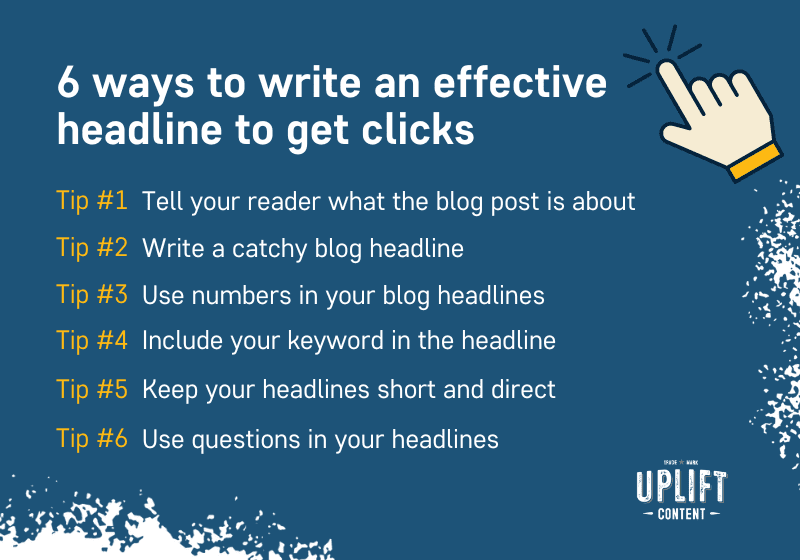
Source: UpliftContent
No matter what a creator's take is on marketing, it is still regarded as a vital part of the success of your paid newsletter.
Let's take a look at a few key marketing strategies that you can use to boost your paid newsletter:
SEO
Optimize your content for search engines. The closer to the top your posts appear in search engines, the more organic traffic you will receive. Organic traffic is free traffic from web search engines.
Use SEO tools to help guide you in your writing and you will eventually find a style that is optimized for search engines and your readership.
Social Media
Having a social media presence is a no-brainer for content creators. Build an audience on platforms like Instagram, TikTok, and X, then direct that audience to your newsletter.
Writers who have been vocal on X recently with their opinions have managed to amass thousands of followers on the platform quickly. Similarly, writers have found plenty of success with messaging apps like Telegram.
The idea is to engage on social media by delivering quality content that will attract users to follow you. Create organic content for social media only and then occasionally promote your paid newsletter.
You don't want people to grow tired of your promotional content. Instead, share 9 unique social media posts based on your niche and expertise and 1 post promoting your paid newsletter.
Collaborations
Regularly collaborate with similar writers or content creators to increase exposure and boost your audience. If your brand is featured in another established newsletter, that newsletter's audience will discover you and potentially subscribe to your newsletter.
For example, sports writers can write a feature article in another sports newsletter, magazine, or website. Guest blogging is also essential to getting your brand featured elsewhere, especially on prominent and well-established blogs.
Podcasting
Get featured on podcasts within your niche. Listeners who discover your brand can potentially become paid subscribers. This is a modern strategy that most writers and creators are pushing because it has been so successful for them in the past.
Starting your own podcast is another excellent idea. You can feature exclusive clips and episodes in your paid subscription, further enticing people to pay for your newsletter.
Podcast episodes can be easily repurposed into other content. You can create multiple clips from a single episode. You can also take topics from an episode and write entire articles for your subscribers. This makes podcasting a viable option for creators with paid newsletters.
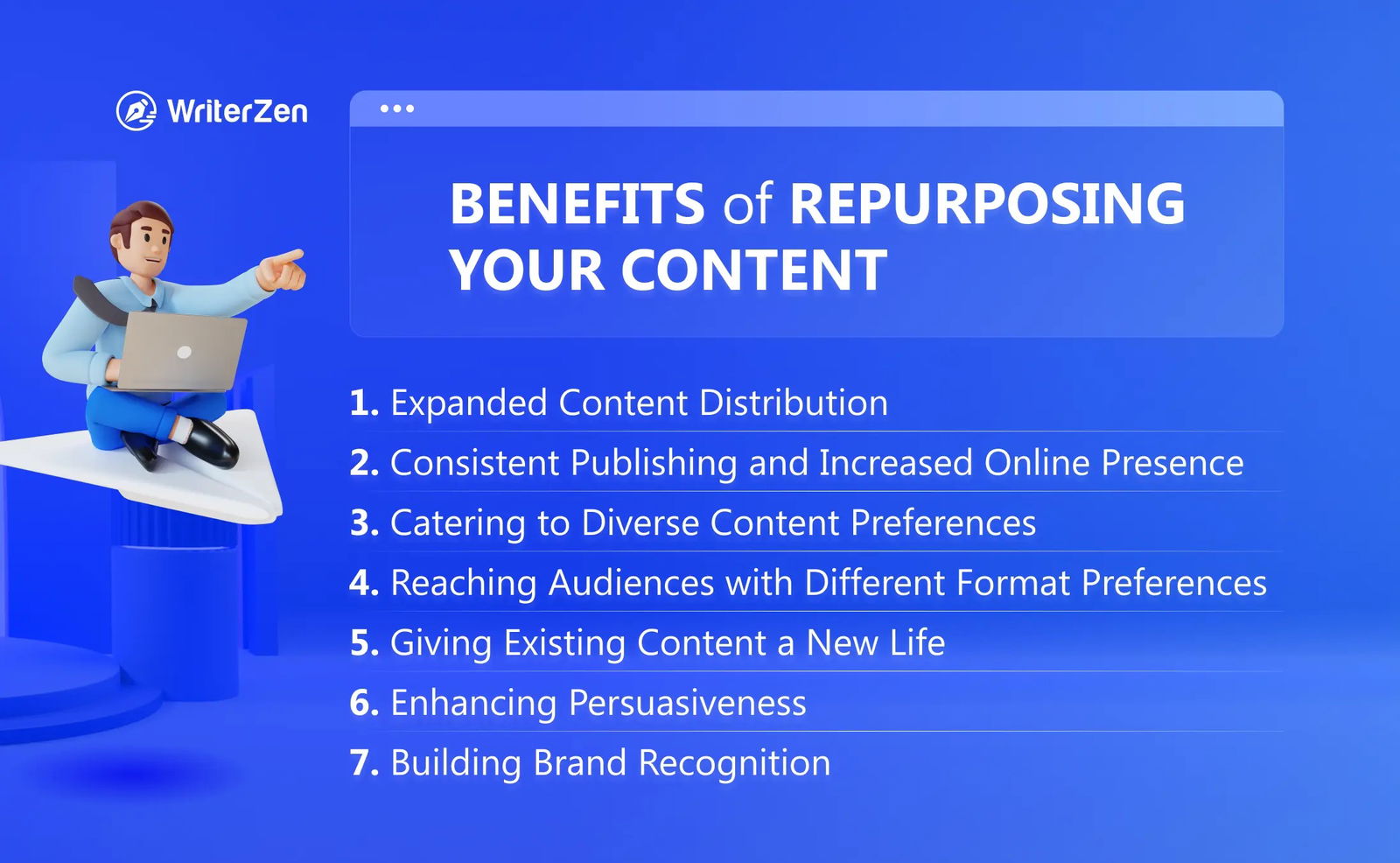
Source: WriterZen
It is crucial to understand that the podcasting world is very saturated right now. So many new podcasts are launched every month, making it challenging to rise to the top of the competition. However, if you have something unique to offer listeners, then you should certainly give it a shot!
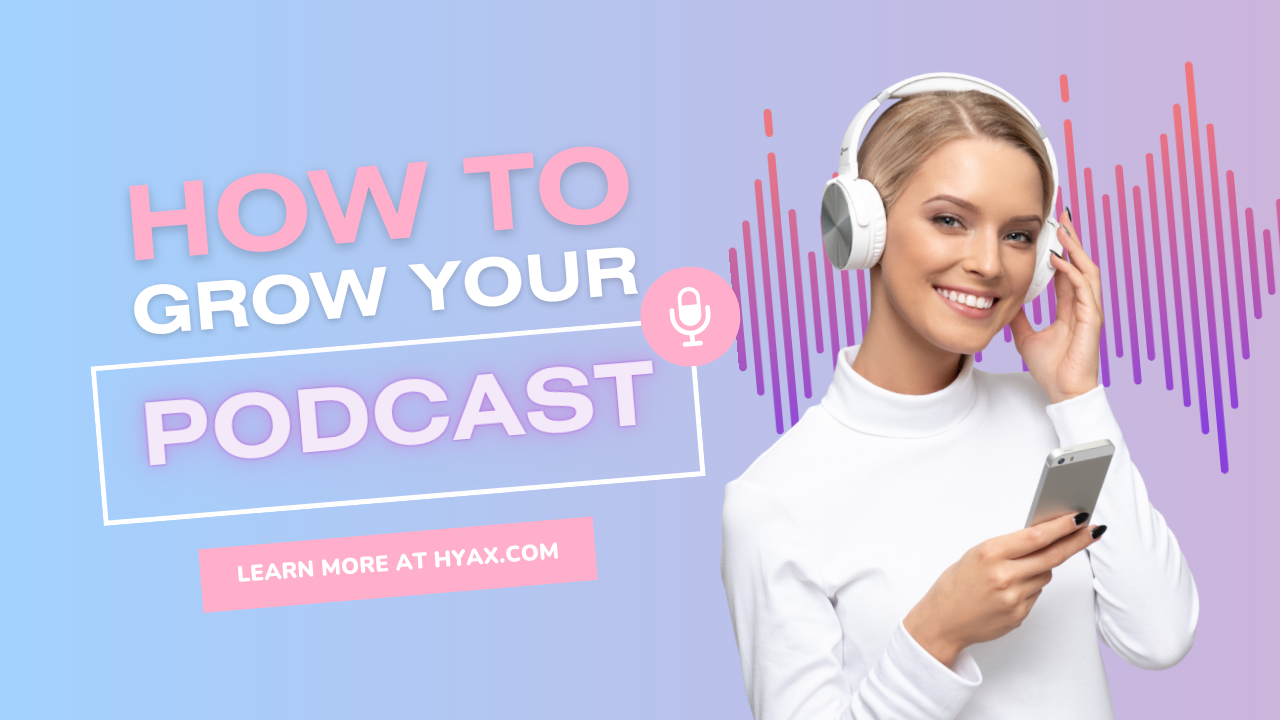
Click Here to learn more about promoting your podcast.
Free Trials
Free trials help customers experience your subscription risk-free. This will get them acquainted with your work and build enough trust to purchase your subscription.
30-days is enough time for a subscriber to build a new habit. And that habit is opening up your subscription and enjoying your content! Delivering an exceptional free trial experience will guarantee a paid newsletter subscriber.
Engaging and Retaining Subscribers
Retaining your subscribers is just as crucial as acquiring them. Finding more new subscribers monthly will increase your revenue. However, if you wish to enjoy the same monthly income, you must retain subscribers.
Retaining subscribers also allows you to formulate a strategy to build on the current subscriber base. This means that adding more subscribers will equal more revenue. If you add subscribers while not retaining old subscribers, your revenue will not grow and will eventually drop.
Here are some tips for retaining subscribers:
- Be Consistent. High-quality content delivered consistently to subscribers will keep them coming back for more! Be aware that subscribers can easily pick up when content quality drops. So don't cheap out or take shortcuts if it may come at the expense of quality.
- Ask for Feedback—Ask subscribers for feedback regularly. Subscribers will appreciate that you are concerned about their best interests.
- Build a Community—Forums, social media pages, and message app groups are excellent ways to stay in touch with your fans and build a community around your brand.
Losing subscribers is a serious problem. You must do what you can to troubleshoot and figure out why people are unsubscribing.
The infographic below has a few reasons why people may unsubscribe from your newsletter:
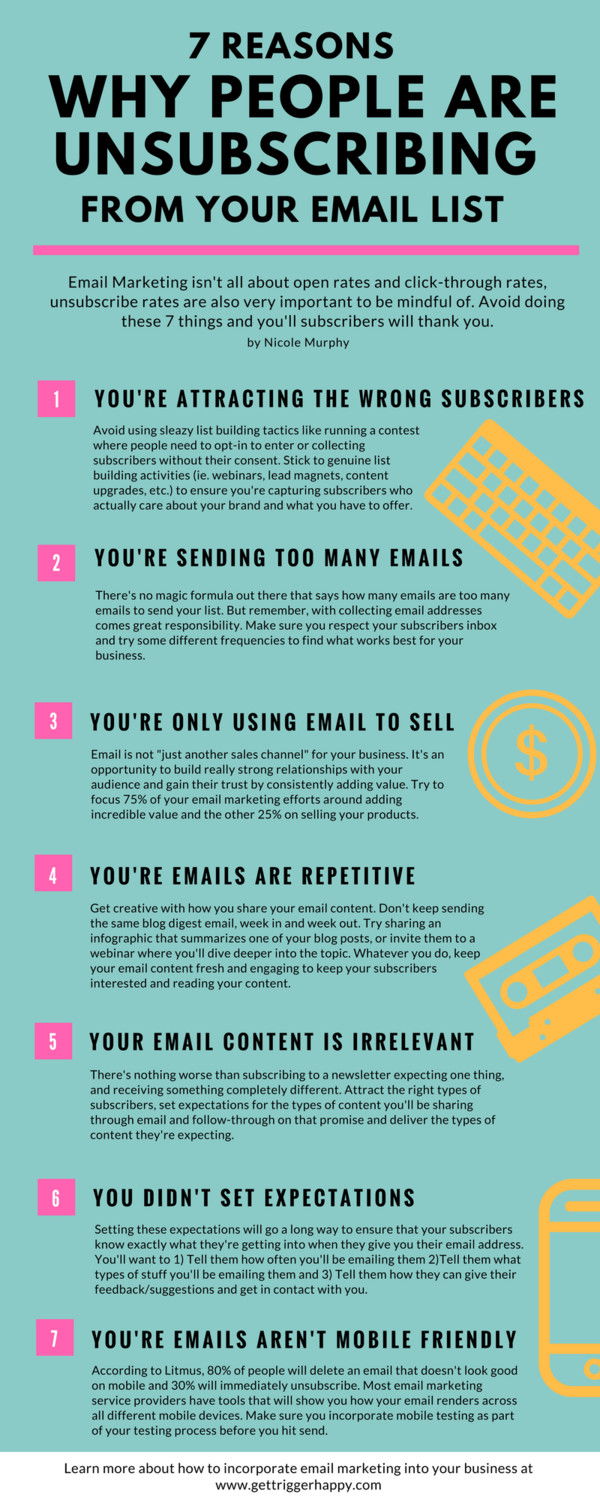
Source: @nicolemjmurphy on LinkedIn
Analyzing Performance and Making Improvements
Regularly analyzing performance metrics will help you tweak your paid subscription to perform optimally.
Due to feedback and performance analysis, you can achieve a specific level of performance after consistently improving your subscription. However, the work doesn't end here because of ever-changing trends, new software, platforms, etc., performance analysis will have to be an ongoing process.
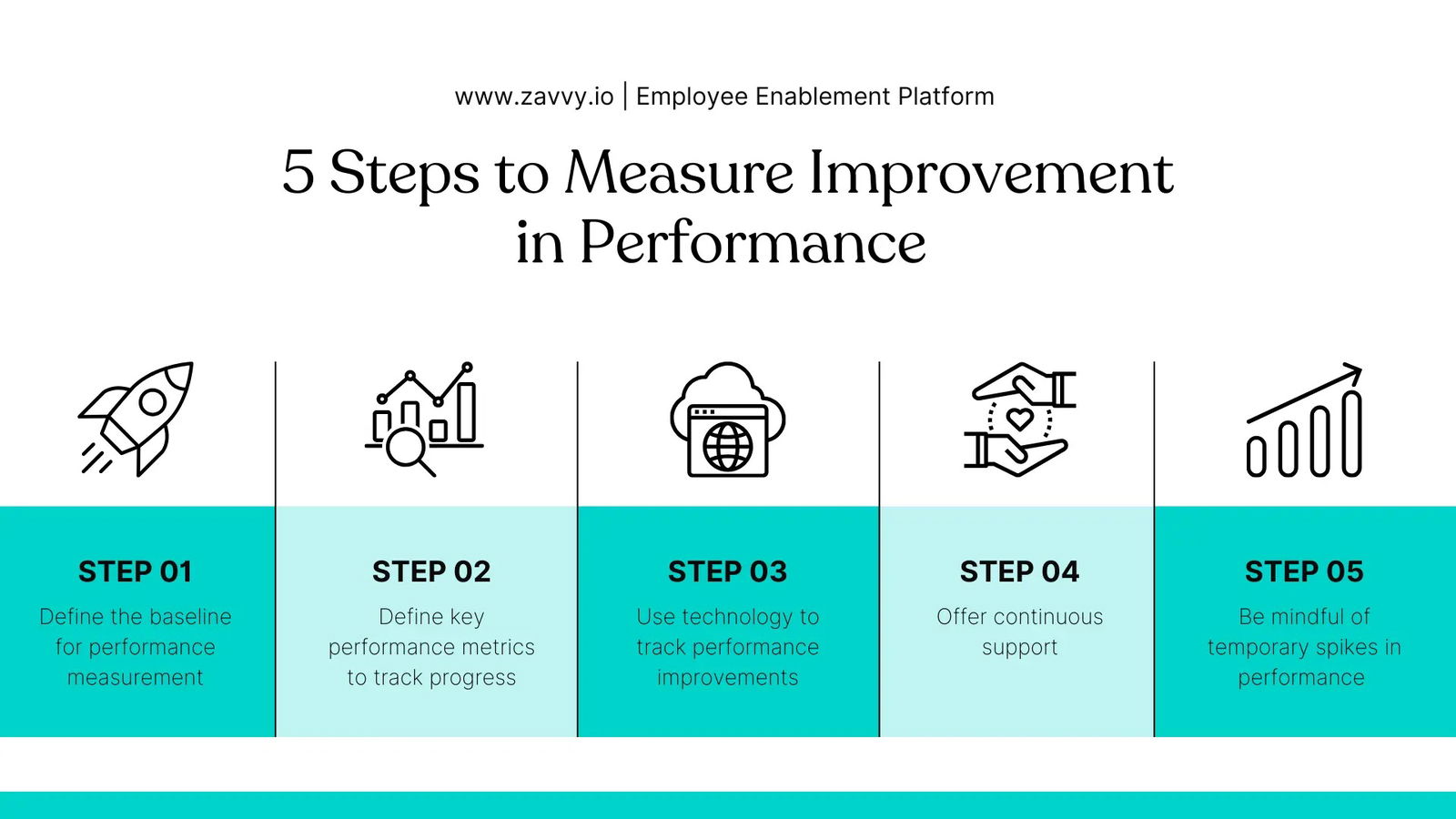
Source: Zavvy
Here is a small introduction to newsletter analytics:
- Open Rates—This is the percentage of subscribers that open your emails. High open rates mean your subject lines are engaging. Your target audience is interested in your content.
- Click-Through Rates(CTRs)—This is the percentage of subscribers who click links in your emails. High CTRs mean your content is engaging, and your call-to-actions work.
- Churn Rates—This is the percentage of subscribers who cancel their subscriptions. Churn rates could mean your content does not meet subscriber expectations or you are sending too many emails, causing your subscribers to unsubscribe.
- Bounce Rate—When your emails show "return to sender," your subscriber email isn't valid. A high bounce rate means a poor email list quality.
As far as analytic tools are concerned, Google Analytics is essential for tracking your traffic and conversions. Email software like Mailchimp also provides analytic tools to track performance.
Platforms like Hyax or Patreon also feature built-in analytics. This is useful as you will not require a 3rd party tool to track metrics. A single service to host your newsletter subscriptions and analytics is a win-win!
TL;DR: How to Start a Paid Newsletter
- Identify Your Niche: Choose a niche you're passionate about, ensuring long-term content creation. Avoid pivoting to different niches, as it may lead to subscriber loss.
- High-Quality Content: Offer value, fact-check, engage with your audience and maintain subscriber satisfaction consistently.
- Build Your Email List: To grow your list, use organic and paid methods, such as content upgrades, social media, online ads, and giveaways.
- Set Up Your Newsletter: Define goals, identify your audience, choose a platform, and plan content to ensure long-term success.
- Marketing & Promotion: Utilize SEO, social media, collaborations, podcasting, and free trials to attract and retain subscribers.
- Analyze & Improve: Regularly track performance metrics like open rates, CTRs, and churn rates to optimize your subscription's success.
Want More Awesome Guides & Content? .....
What is Hyax?
Hyax allows creators to monetize their content, whether its through courses, digital downloads, or memberships. Create your storefront with Hyax today, and start making more money as a creator.
Also, check out our other product Hy.page which allows you to monetize your social bio links with ease.
Stay Connected
Sign up for our newsletter to receive the latest content, case studies, data reports & more.
